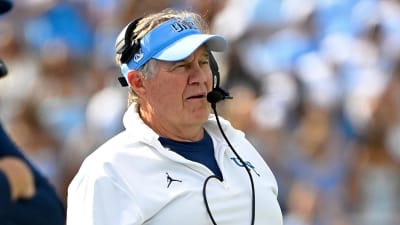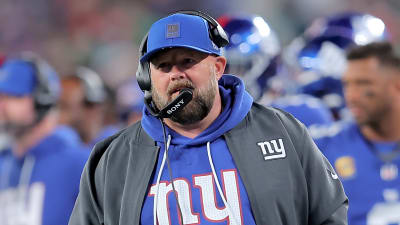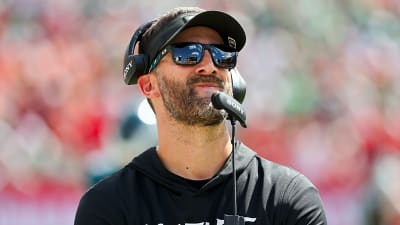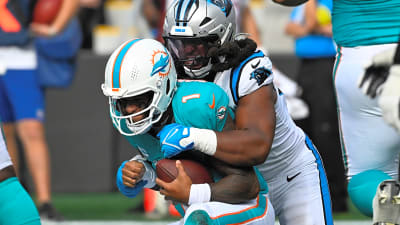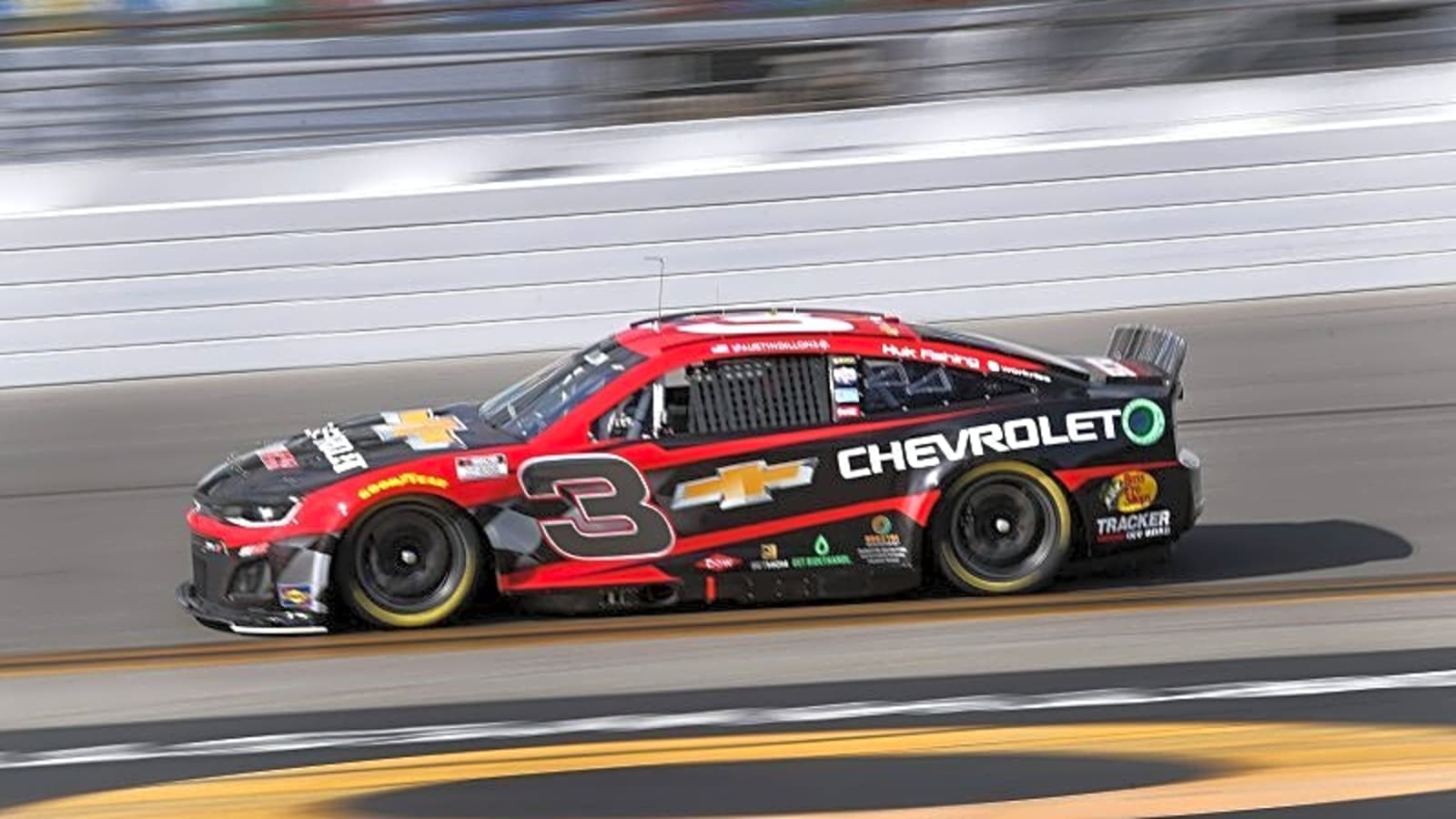
The thunder of engines at Daytona has always carried the heartbeat of American racing, and for decades, that heartbeat has pounded strongest when painted in Chevrolet colors. But as we barrel toward 2026, something monumental is happening in the garage areas across NASCAR nation. The move also has old-school fans and newcomers alike wondering what’s next for the bowtie brand that’s been synonymous with victory lane celebrations.
The End of an Era: Why Chevrolet Had to Make This Move
Let me paint you a picture that might break your heart a little. The Camaro, that beautiful beast that roared off showroom floors and dominated racetracks for generations, took its final bow in production back in 2023. Yet there it was, still carrying the Chevrolet flag in both Cup Series and Xfinity Series racing, like a ghostly reminder of what once was.
The situation became downright painful when you really think about it. Here’s Chevrolet, winning races on Sunday with a car they couldn’t sell on Monday. The Malibu sedan joined the Camaro in automotive heaven in 2024, leaving the Corvette as practically the only passenger car in a lineup stuffed with SUVs and trucks.
For a brand built on racing heritage, that’s like showing up to a gunfight with harsh language. Rick Hendrick wasn’t sleeping well, I guarantee it. Neither were the folks at Richard Childress Racing or any other Chevrolet team owner watching their drivers celebrate victories in cars that represented yesterday’s dreams rather than tomorrow’s possibilities.
NASCAR’s Official Word on Chevrolet’s Future
The news broke like a perfectly timed pit stop when Elton Sawyer, NASCAR’s senior vice president of competition, dropped the bombshell on SiriusXM NASCAR radio. His voice carried the weight of history when he announced that Chevrolet’s new body design had been tested, approved, and was ready to hit the track for 2026.
“We started working back with the folks there at GM probably over a year or so ago now,” Sawyer revealed, and you could practically hear the excitement building in garages from Charlotte to Detroit. The process wasn’t rushed, and this wasn’t some desperate last-minute scramble. This was methodical, careful planning that respected both NASCAR’s competitive balance and Chevrolet’s racing legacy.
The wind tunnel tests took place with all the original equipment manufacturers present, creating an atmosphere probably thicker than the humidity at Talladega in July. Every aerodynamic tweak, every body line curve, every detail that could mean the difference between victory lane and going home disappointed and becoming scrutinized under the brightest lights in motorsports.
What Could Replace the Legendary Camaro?
Here’s where it gets interesting, and frankly, where every NASCAR fan’s imagination starts running wilder than Jimmie Johnson in his prime. Sawyer kept his cards closer to his chest than a poker player with aces, refusing to reveal what model would serve as the foundation for Chevrolet’s 2026 racing machine.
The Corvette sits there like the obvious choice, America’s sports car with a racing pedigree that runs deeper than the oil stains in any serious gearhead’s garage. However, here’s the wrinkle. The current production Corvette features a mid-engine design, which would require some significant engineering adjustments to accommodate NASCAR’s front-engine, rear-wheel-drive template.
But what if Chevrolet thinks outside the traditional box? Picture this: what if they found a way to incorporate styling elements from their crossover lineup into NASCAR’s coupe body? It sounds crazy until you remember that NASCAR has always been about selling what you race, and crossovers are what’s flying off dealer lots faster than pit crews change tires.
The Technical Challenge Behind the Scenes
The development process that brought us to this moment deserves respect. Over a year of collaboration between NASCAR officials and General Motors engineers, countless hours of computer modeling, and wind tunnel testing that would make aerospace engineers jealous. This wasn’t just slapping some new stickers on existing sheet metal.
Every body panel had to pass NASCAR’s strict aerodynamic regulations while still maintaining a sufficient visual connection to the production vehicle Chevrolet plans to promote. The balance between competitive fairness and brand identity requires precision that would make a Swiss watchmaker nervous.
What This Means for Chevrolet Racing Teams
For team owners like Rick Hendrick, this represents both opportunity and challenge wrapped up in one high-stakes package. New body styles introduce new aerodynamic characteristics, requiring thousands of hours in wind tunnels, computer simulations, and test sessions to optimize setups.
Chase Elliott, Kyle Larson, and the rest of the Chevrolet driver lineup will need time to adapt their driving styles to the new aerodynamic changes introduced by the body. But here’s the thing about champions. They embrace change because they know it often separates the winners from the also-rans.
The anticipation building toward Daytona 2026 already feels electric. NASCAR fans have witnessed numerous historic moments, but witnessing the debut of an entirely new Chevrolet racing platform is something else entirely. That’s the kind of moment that gets passed down through generations of racing families.
Final Thoughts
This isn’t just about new sheet metal or updated graphics. This represents Chevrolet’s commitment to NASCAR’s future while honoring a racing heritage that helped build American motorsports into the spectacle we love today. When those engines fire up for the first time at Daytona in 2026, carrying whatever badge Chevrolet has chosen, it’ll mark not just a new chapter, but potentially an entirely new book in racing history.
More must-reads:
- NASCAR team surprisingly parts ways with driver late in 2025 season
- NASCAR power rankings: Leaving Las Vegas with a new No. 1
- The 'NFL total touchdown pass leaders' quiz
Breaking News
Trending News
Customize Your Newsletter
 +
+
Get the latest news and rumors, customized to your favorite sports and teams. Emailed daily. Always free!

